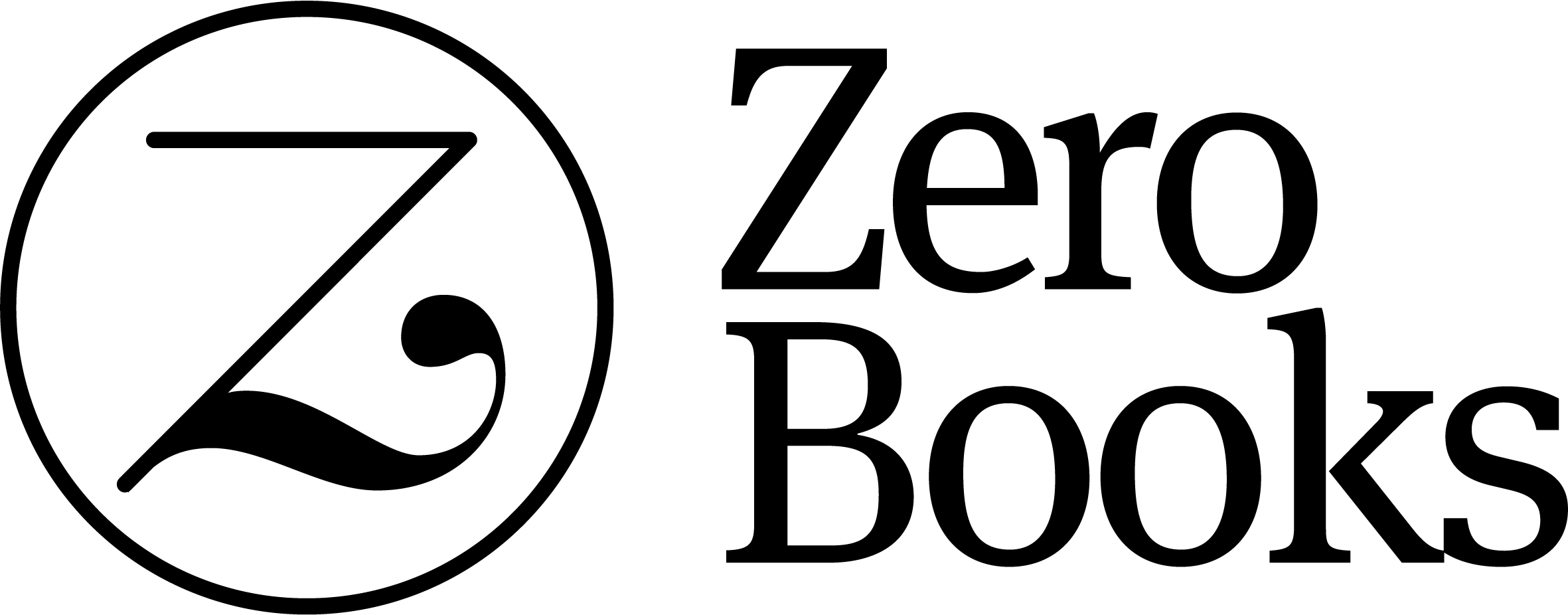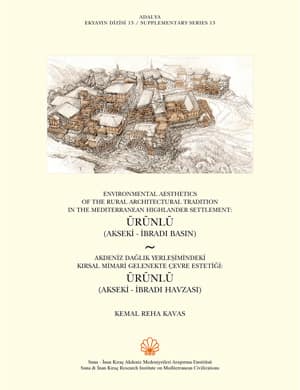Adalya Supplementary series 13
198 pp, color figures, folded pages, Turkish-English bilingual.
Foreword
Acknowledgments
1. INTRODUCTION
2. LOCAL CONTEXT, ARCHITECTURE AND CONCEPTUAL FRAMEWORK
- 2.1. Local Context
- 2.1.1. History
- 2.1.2. Geography
- 2.1.2.1. Geomorphology
- 2.1.2.2. Climate
- 2.1.2.3. Flora
- 2.1.3. Socioeconomic Structure
- 2.1.4. The Significance of Ürünlü within the Regional Context
- 2.2. Architectural Character and Conceptual Framework
- 2.2.1. Architectural Character
- 2.2.2. Conceptual Framework
- 2.2.2.1. Architectural Tectonics and “Tectonic Joint”
- 2.2.2.2. Environmental Aesthetics and “Organic Interface”
- 2.2.2.3. Pattern Language and “Environmental Armature”
3. TRADITIONAL ARCHITECTURAL PATTERNS AND ENVIRONMENT IN ÜRÜNLÜ
- 3.1. A General View of Ürünlü: The Integrity of Topography and Architectural Elements
- 3.1.1. The Integrity of Topography and Settlement
- 3.1.2. The Integrity of Topography, Settlement and Architecture
- 3.2. Proposal of an Architectural Representation Method: “Environmental Representation”
- 3.3. The Traditional Architectural Patterns of Ürünlü
- 3.3.1. Traditional Patterns in the Scale of Region and Settlement: “Environmental Armature”
- 3.3.1.1. “Environmental Armature” in Regional Scale
- 3.3.1.2. “Environmental Armature” in the Scale of Rural Settlement
- 3.3.1.3. “Environmental Armature” in the Scale of the Vineyard Dwelling (Summer Settlement)
- 3.3.1.4. “Environmental Armature” in the Scale of the Rural District (Winter Settlement)
- 3.3.2. Traditional Patterns of the Architectural Section: “Organic Interface”
- 3.3.2.1. “Connection to the Earth”
- 3.3.2.2. “Common Land” and “Positive Outdoor Space”
- 3.3.2.3. Riding Stone (Binek Taşı) and Outdoor Seat (Peyke)
- 3.3.2.4. Timber Beam (Döver) and Throwing Logs (Kütük Atma)
- 3.3.2.5. Vine Leaves (Asma)
- 3.3.2.6. Semi-Closed Living Space (Ayazlık / Köşke)
- 3.3.2.7. Wheat Storage
- 3.3.2.8. Traditional Toilets
- 3.3.2.9. Black Honeycomb (Kara Kovan)
- 3.3.2.10. Sheepfold
- 3.3.2.11. Hearth (Ocak) and Traditional Bathroom (Gusülhane)
- 3.3.3. Traditional Patterns in the Architectural Detail: “Tectonic Joint”
- 3.3.3.1. Cantilevered Stairs
- 3.3.3.2. Riding Stone (Binek Taşı) and Outdoor Seat (Peyke)
- 3.3.3.3. Feed Trough (Bahna)
- 3.3.3.4. Garden Fence (Kuşkonmaz)
- 3.3.3.5. Lock System (Tıfraz)
4. CONCLUSION
- 4.1. The Significance of Architectural Enculturation
- 4.2. The Proposal for “Environmental Representation”
- 4.3. The Development of the Conceptual Framework
- 4.4. The Proposal of a General Theoretical Framework
BIBLIOGRAPHY
GLOSSARY OF LOCAL TERMS
FIGURES




